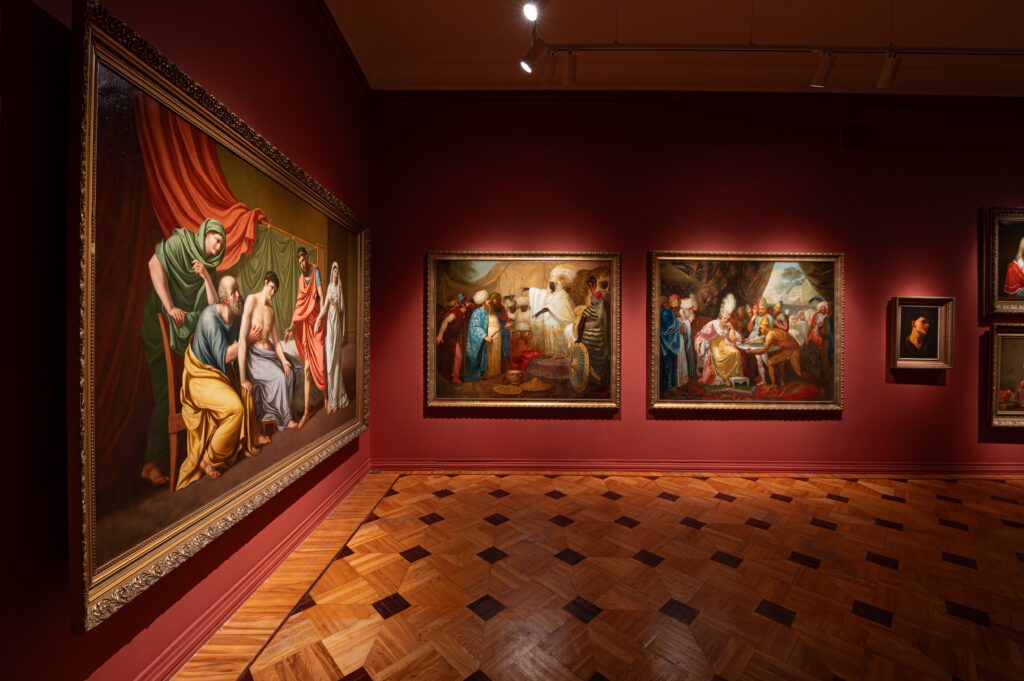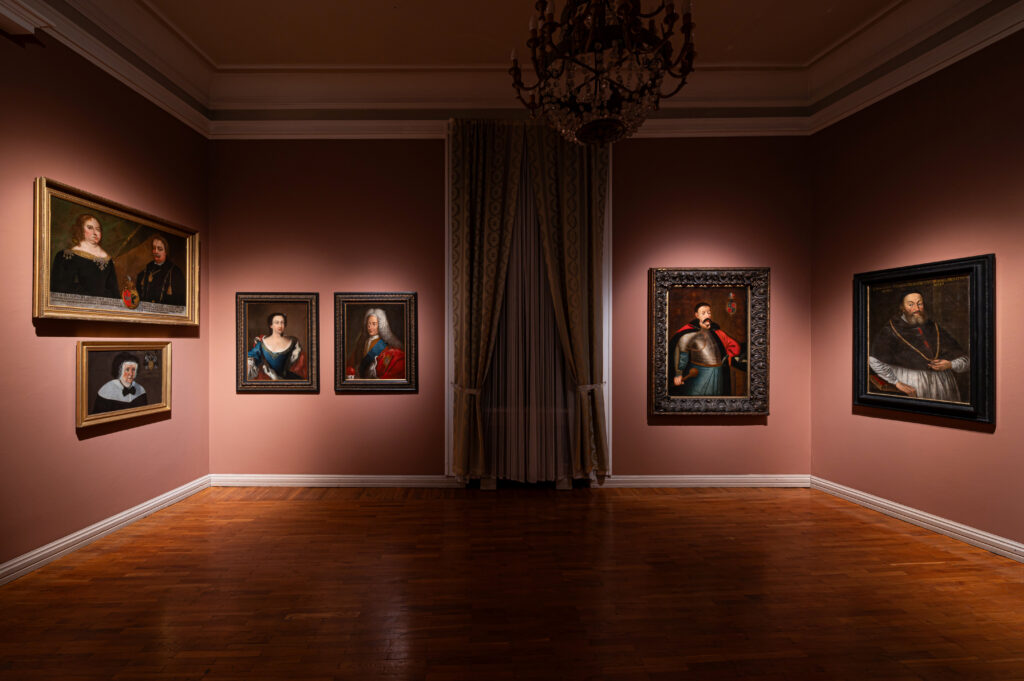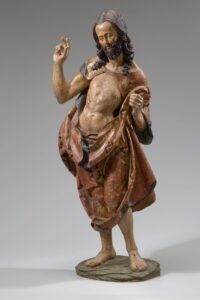Permanent exhibitions
Vilnius Art School and Its Traditions
Systematic and consistent training of artists in Lithuania began relatively late, only at the turn of the 19th century. The process is directly linked to the establishment of the Department of Drawing and Painting at Vilnius University in 1797. Over time, together with the departments of Sculpture, Graphics, and Architecture, this forge of artists became known as Vilnius Art School. Its first leader and Professor of the Department of Drawing and Painting was Franciszek Smuglewicz (1745‒1807), who spent many years in Italy and is considered the pioneer of professional art in Lithuania. With his adjunct Jan Rustem (1762‒1835), he educated many notable artists who nurtured and continued the traditions of the Vilnius Art School even after 1832, when Vilnius University was closed and it was no longer possible to study art.
The work of the founders, students and artists who matured under their influence reflects prevailing European 19th-century art styles and trends (classicism, romanticism, academicism, realism) and local development and style of professional Lithuanian painting. The works of F. Smuglewicz, Józef Oleszkiewicz, J. Rustem, Wincenty Smokowski, Kanuty Rusiecki, Wincenty Dmochowski and other authors are exhibited chronologically and showcase the mastery, changing ideas of epochs, and unified struggle of man and art for existence. These works can safely be called the Golden Fund of Lithuanian art.

Portraits of the Grand Duchy of Lithuania
The noblemen, noblewomen, clergymen and statesmen looking out from the portraits painted in the 16th–18th century look stern and tense. Static composition, proud posture, and self-control reflect long-standing tradition and portraiture expectations in the old Grand Duchy of Lithuania. These images were created by foreign artists who worked in the sovereign’s or nobility’s estates or by unknown local masters and were available only to wealthy patrons; they were primarily designed for commemorative function, not aesthetic admiration. The intention behind the work was to preserve the memory of a specific person for future generations, to construct a summary of their biography, hence the psychology or nuances of the portrayed person’s real appearance played a secondary role. In the painting, coats of arms, inscriptions, clothing details, and attributes symbolising position (hetman’s bulawa, warlord’s buzdygan, marshal’s baton, chancellor’s seal, or signs conveying the rank of the clergy) captured noble origin and life merits. Properly ‘read’, these portraits vocalise the seemingly mute depicted heroes and pages of the hundred-year history of the state.

The Risen Christ and other religious artworks
The 16th century wooden sculpture The Risen Christ, illegally exported from our country, was handed over to the Lithuanian National Museum of Art in summer 2020. The artwork is of high historical and artistic value, one of a few extant sculptures of the Late Gothic style in Lithuania.

Before 1928 The Risen Christ was the property of the Bernardine church in Kretinga and used for Easter ceremonies. Then it was given to General Vladas Nagevičius, the owner of the Babtynas manor. The sculpture was believed to be lost after the General had fled to the West in 1944. However, it reappeared in about 1990; it was brutally covered with oil paint, the feet of the Christ’s figure had rotted and fingers crumbled. Rev Ričardas Mikutavičius bought the sculpture. Alfonsas Šaulys, a restorer at the Pranas Gudynas Conservation Centre, removed the overpainting to show its original polychromy and gold plating in 1997, but it was decided not to restore the lost elements. The Risen Christ disappeared after it was last seen in 1998 during Rev Mikutavičius’ funeral.
It turned out that the sculpture fell into private hands, was smuggled out of Lithuania and sold. It was identified in the Austrian capital Vienna as the property of Kunsthandel Reinhold Hofstätter, an antique store. It took ten years of litigation and big joint effort by Lithuanian cultural institutions, foreign diplomats, and law enforcement to return it Lithuania. The artwork handed to the Museum is slightly different – the feet and fingers of the Christ’s figure are fully restored.
Visitors of the Vilnius Picture Gallery can view The Risen Christ alongside other sculptures of the same period kept in the Lithuanian National Museum of Art: Our Lady of Sorrows, St John the Evangelist and 17–18th century religious paintings that used to decorate various Lithuanian churches.
Dalia Tarandaitė
4 Didžioji st, Vilnius, Lithuania
+370 5 261 1685
vpg@lndm.lt













